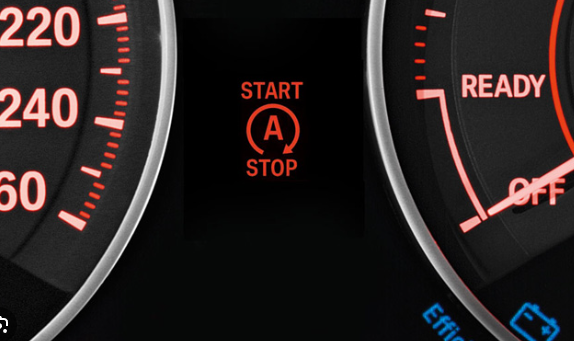
Nowadays it is quite common for vehicles to have the ignition start stop system.
If you see comment this car has “ignition stop system”, this is what the system is:
The ignition stop system, also known as an idle stop system or engine auto-stop system, is a feature commonly found in Japanese domestic market (JDM) cars sold in Japan and the Japan car auctions. This system is designed to automatically shut off the engine when the vehicle is at a complete stop, such as when waiting at a traffic light or in heavy traffic. When the driver releases the brake pedal or engages the clutch (in manual transmission vehicles), the engine restarts automatically, allowing the vehicle to move again.
The primary purpose of the ignition stop system is to save fuel and reduce emissions during periods of idling. By temporarily shutting off the engine when the vehicle is stationary, fuel consumption and exhaust emissions can be reduced, especially in situations where the vehicle remains stationary for an extended period. When the engine is off, power for essential functions such as lights, air conditioning, and infotainment systems is typically provided by the vehicle’s battery.
The ignition stop system is usually accompanied by additional technologies to enhance driver comfort and convenience. For example, some systems use sensors to detect when the driver’s foot is still on the brake pedal or the clutch is engaged, allowing the engine to remain off until the driver intends to move again. Additionally, the system may incorporate a quick engine restart feature to minimize any delay in acceleration when the driver wants to resume driving.
It’s important to note that the availability and specific functionality of the ignition stop system may vary across different vehicle models and manufacturers. Some cars may allow drivers to disable or adjust the system according to their preferences, while others may have it as a standard feature without the ability to deactivate it. The purpose of the ignition stop system is to improve fuel efficiency and reduce emissions, particularly during frequent stops and starts in urban driving conditions.